Sega Dreamcast
Top 10 Best Sega Dreamcast Games of All Time!
Sega had a lot riding on the Dreamcast. Their lackluster support for the Sega CD and 32X didn’t do any favors for their brand, and many missteps were made with the Saturn. They were determined to set things right with the Dreamcast – and, for the most part, they did. As the first system in the 6th generation of video game consoles, the Dreamcast delivered visuals far beyond what its competitors were capable of. (The hardware mirrored Sega’s NAOMI arcade board, which allowed for high-quality ports of Sega’s arcade games.) The Dreamcast had four controller ports to encourage local multiplayer, and it was also the first console to ship with a built-in modem. The system launched with a brand new Sonic game, and Sega continued to support the system with a steady stream of innovative games. The system had a strong launch, but it was unable to keep its momentum after the release of the PlayStation 2. Tecmo, Treasure, and Namco pledged their support for the Dreamcast and Capcom jumped in with both feet, but most third-parties were content to wait on the sidelines until Sony’s new console was ready. The Dreamcast was arguably the best system Sega ever released, but it was discontinued before its third birthday and marked Sega’s exit from the console business.
10
Ikaruga
2002
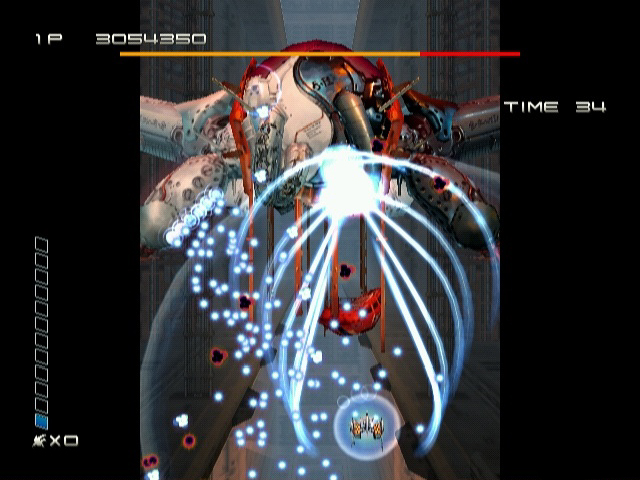
Ikaruga is an incredibly intense overhead shoot ’em up from Treasure that could be described as a “spiritual successor” to Radiant Silvergun. Like many games in the genre, Ikaruga is known for its endless waves of enemy fighters, imposing boss battles, and extremely challenging gameplay. The game also has all of the hallmarks that Treasure is known for – including flawless controls, smooth gameplay, and innovative play mechanics. Even though the game looks and feels more traditional than contemporary 3D games from the era, Ikaruga brings several new and interesting elements to the table. The weapons and enemies in the game can all be classified as either “black” or “white,” and the core play mechanics revolve around this polarity. Players can inflict twice as much damage on their enemies simply by shooting them with opposite-colored weapons. Likewise, players can absorb shots fired from enemies of similar colors. Players can change the color of their ship at will, and an element of strategy is required in order to choose the proper color for each situation. The dual-colored dynamic really helps separate Ikaruga from other 2D shooters, and effectively creates situations in which players are encouraged to avoid shooting enemies or purposely get hit by enemy fire. Ikaruga serves as a “swan song” of sorts to the incredible run of Treasure games on Sega consoles.
9
Jet Grind Radio
2000
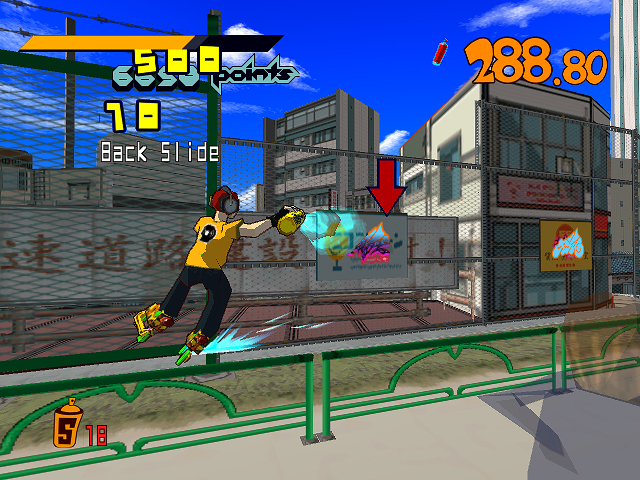
Jet Grind Radio follows the exploits of a young graffiti artist who gets around the streets of Tokyo on a pair of in-line skates. Players have the ability to jump off ledges, grind on rails, and grab onto moving vehicles to hitch rides; but the main goal in the game is simply to “tag” as many locations as possible with graffiti and cancel out tags left by rival street gangs. This is easier said than done, and the game puts a lot of emphasis on speed. Police officers, gang members, and evil corporations are constantly coming after the player, so there’s always a sense of urgency. The game should be commended for its creative concept and inventive play mechanics, but Jet Grind Radio is perhaps best-known for its unique art style. After all, it looked unlike anything gamers had ever seen before and helped usher in the use of cel-shaded graphics. The soundtrack was also extremely stylistic, and featured an eclectic mix of music genres that included everything from J-pop to acid jazz. Jet Grind Radio is a perfect example of how quirky and imaginative Sega can be when they are firing on all cylinders.
8
Dead or Alive 2
2000
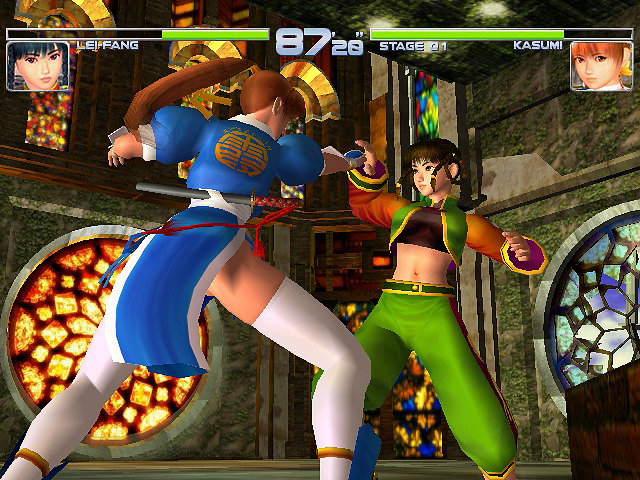
Dead or Alive was one of the best-looking 3D fighting games of its era, but the sequel was a monumental step forward for the series. The arcade game was developed on Sega’s NAOMI hardware, and the Dreamcast port was a near-perfect facsimile. It was a great showcase for Sega’s console, and it looked considerably better than the subsequent PS2 version. The character models were fantastic, the scenery was breathtaking, and the game ran at a rock-solid 60 fps. The animation was remarkably fluid, and Tecmo even created a new physics engine dedicated entirely to jiggle physics. I was also taken aback by how detailed the backgrounds were. The stages were filled with environmental details – like shallow rivers and fields of snow – and they were actually interactive! Players could bust through walls and knock each other off ledges, and the dynamic camera angles made the multi-tiered stages seem even more impressive. The game played like a dream, and it felt faster and more responsive than most games in the genre. The game’s mechanics revolve around various strikes, holds, and throws, and they form a triangle relationship akin to “rock, paper, scissors.” This style is approachable for newcomers, and it also rewards experienced players since they can counter pretty much anything that’s thrown at them. Although the roster only features 14 characters, all of them are worthwhile. You have Ryu Hayabusa from Ninja Gaiden, a Hulk Hogan doppelgänger, and plenty of teenage girls who kick really high. Few games represent the core values of this site more so than Dead or Alive 2.
7
Skies of Arcadia
2000
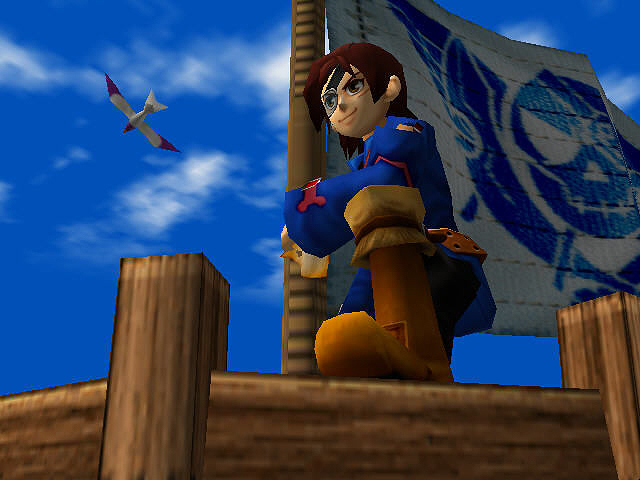
Skies of Arcadia is a soaring RPG that revolves around an ambitious group of pirates who take to the skies in flying airships. The overworld is breathtaking, and the beautiful skylines and vast floating islands make for interesting backdrops. Engaging in ship-to-ship combat with rival pirates or battling imposing boss characters in the air really helps differentiate Skies of Arcadia from typical RPGs. Much of the gameplay is dungeon-based in nature, however, and a lot of emphasis is placed on traditional treasure-hunting and puzzle-solving elements. The Dreamcast may have missed out on some of the more popular RPG franchises like Final Fantasy and Dragon Quest, but Skies of Arcadia helped fill the void. The story progression is pretty linear and the frequency of random battles borders on the ridiculous, but Skies of Arcadia is an epic adventure with interesting characters, an incredible soundtrack, and an unforgettable fantasy setting.
6
Resident Evil – CODE: Veronica
2000
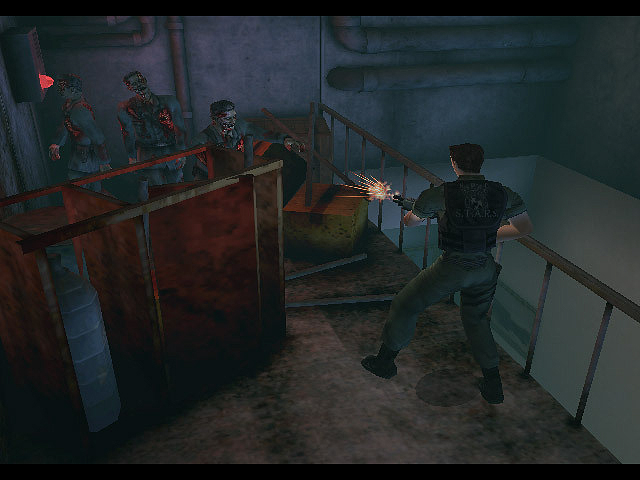
Like previous Resident Evil games, CODE: Veronica is all about killing zombies and solving puzzles. Although the Dreamcast was far more advanced than the PlayStation, CODE: Veronica doesn’t stray too far from previous Resident Evil titles. The game makes use of 3D environments in lieu of the traditional pre-rendered ones, but players have no control over the camera and the viewing angles are still predetermined. The controls were largely unchanged from previous installments too, although a few new features were added. For instance, players can wield dual weapons and target multiple enemies at the same time. The game also makes use of the Dreamcast’s VMU screen to display the player’s health meter. CODE: Veronica doesn’t revolutionize the franchise in any way, but it features some of the best puzzles and most shocking plot twists ever seen in the survival/horror genre. With the possible exception of SoulCalibur, CODE: Veronica was arguably the most important third-party game in the Dreamcast’s library.
5
Crazy Taxi
2000
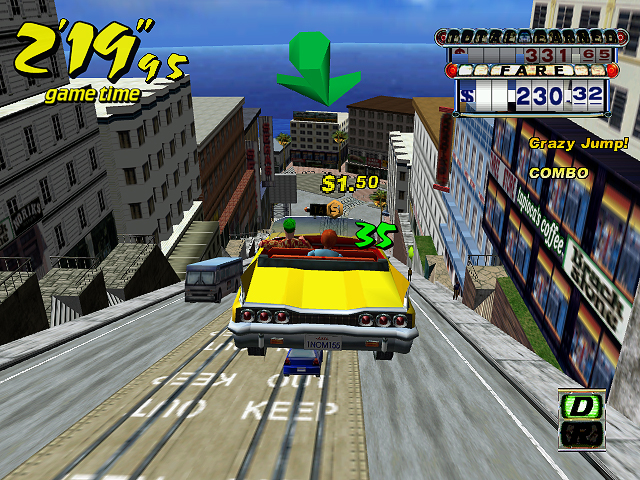
Crazy Taxi differs from traditional racing games in a number of ways. Instead of predetermined tracks, Crazy Taxi is set within a large scale, fully-realized city. The objective of the game is for players to pick up customers with their taxis and drop them off at their desired destinations before the time expires. Players are obviously encouraged to reach their destinations as quickly as possible, so memorizing the city layout and taking shortcuts are essential strategies. Deciding which people to pick up is also part of the strategy, as certain customers will require players to drive further distances. The city itself is full of recognizable landmarks, and familiar locations like Pizza Hut and Tower Records add an element of reality to the game. The physics, on the other hand, don’t concern themselves with reality at all. The taxis in the game are capable of performing jumps, power-slides, and speed boosts that wouldn’t be possible in real life. Ultimately, Crazy Taxi is just another example that shows that Sega’s greatest strength was action-packed arcade games. Crazy Taxi 2 was a great game too, but the city layout was not as compelling and the new jumping ability put less focus on the memorization aspects of the game.
4
Chu Chu Rocket!
2000
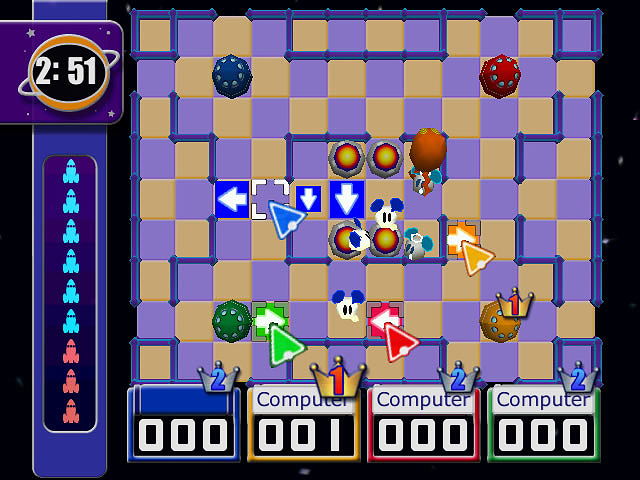
Chu Chu Rocket! is a quirky puzzle game that gives players the simple objective of directing a group of frantic space mice away from equally-frantic space cats. The game is perfectly balanced, and its challenging mazes and relentless action provide a workout for both sides of the brain. It’s crucial to plan your moves in advance, but you’ll often need quick reflexes in order to carry out these plans. The well-crafted single player stages are great in their own right, but the cooperative and competitive multiplayer modes bring the game to even higher levels. Perhaps more so than any other game, Chu Chu Rocket! serves as a reminder of why the Dreamcast has four controller ports in the first place. It should also be noted that the simple and addictive gameplay made Chu Chu Rocket the perfect vehicle to demonstrate the Dreamcast’s online capabilities, and the Chu Chu Rocket Network was a significant leap for online gaming on home consoles. Game designer Yuji Naka will forever be associated with Sonic the Hedgehog, but Chu Chu Rocket! is arguably the finest game he ever produced.
3
Marvel vs. Capcom 2
2000
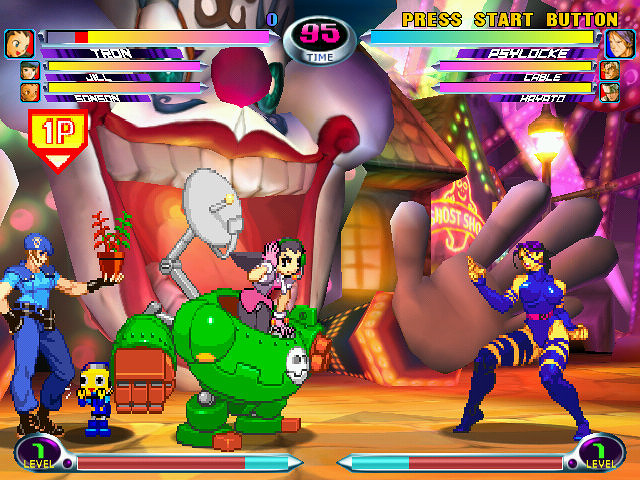
Marvel vs. Capcom 2 was released in the arcades and on the Dreamcast at the same time, so fans didn’t have to wait for a port. Better yet; the arcade game was designed on Sega’s NAOMI board (which was based on the same hardware components that the Dreamcast used) so no concessions had to be made for the home release. As a result, the sprite-based characters and stunning 3D backgrounds look exactly the same on the Dreamcast as they did in the arcade. The gameplay was spot on, too. Marvel vs. Capcom 2 is similar to other games in the Vs. lineup, and the bouts still use a team format. The controls themselves were modified, however, and the game scaled back the traditional six-button setup that most Capcom fighting games used in favor of a new four-button setup. This new control scheme is the perfect fit for the Dreamcast’s controller and ultimately makes the game more accessible to newcomers. This is not to say that core audiences won’t also be drawn to the game. The roster features over 50 characters and the matches are highly competitive, so traditional gamers will certainly get their money’s worth. Versions of Marvel vs. Capcom 2 were subsequently released on the Xbox and PlayStation 2, but it’s obvious that the game was designed specifically with the Dreamcast in mind.
2
SoulCalibur
1999
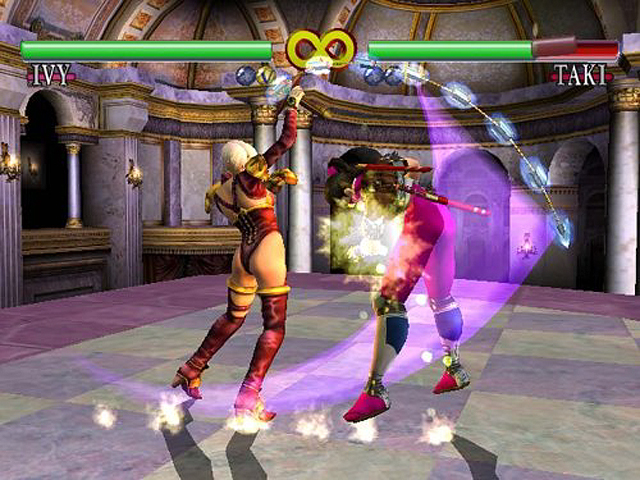
Originally released in the arcades in 1998, SoulCalibur is a weapons-based 3D fighting game and the sequel to Soul Edge. While most would have been happy with an exact port of the arcade game, Namco went above and beyond all expectations with this Dreamcast launch title. Pushing the console to its limits, Namco remodeled the characters with muscle movements, facial expressions, and higher polygon counts. They also introduced new characters, added beautiful 3D backgrounds, and included a brand new mission mode to play through. The stunning graphics represented a quantum leap forward for home consoles, and the game played every bit as good as it looked. With its eight-way run, tech-rolls, air controls, and guard impacts, SoulCalibur basically rewrote the way 3D fighting games are played. And if that’s not enough for you, Sophitia has a move in which she sits on your shoulders and grinds her junk into your face. How cool is that!? More than a decade later, SoulCalibur still looks fantastic and still plays like a dream.
1
Street Fighter III: 3rd Strike
2000
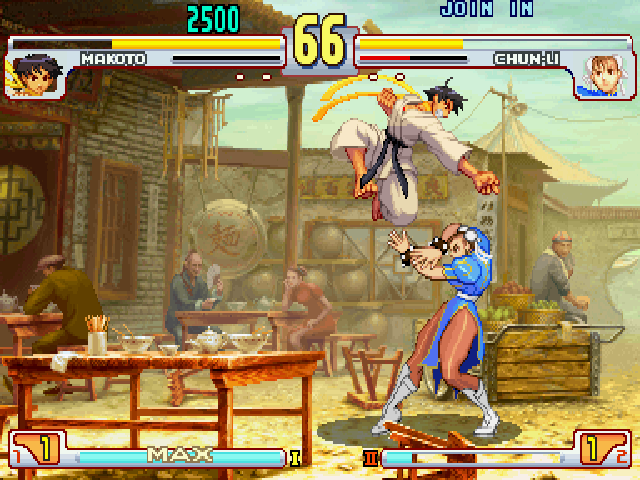
After spending countless years fine-tuning Street Fighter II, Capcom finally pulled the trigger and released one of the most highly anticipated sequels of all time. In an era where flashy 3D fighters were all the rage, Street Fighter III stayed true to its two-dimensional roots. The game featured breathtakingly beautiful animations and was arguably the best looking 2D game the world had ever seen in 1997. In addition to the silky-smooth visuals, the game also introduced new gameplay elements. The ability to parry attacks added remarkable depth to the defensive aspects of the game, while the three selectable “Super Arts” provide more options from the offensive side. In a bold move, Capcom created an almost entirely new roster for the game and only carried over a couple of characters (Ken and Ryu) from earlier Street Fighter games. Capcom continued to update the game, however, and the roster began to flesh out as time went on. (Second Impact added three additional fighters to the mix, including perennial favorite Akuma. 3rd Strike introduced five more characters and marked the return of Chun-Li and her powerful thighs.) The decline of the arcades and the influx of 3D games ultimately prevented the game from mirroring the enormous success of Street Fighter II, but Street Fighter III looked and played better than its predecessor did. The Dreamcast version was the first console port of the game and was about as close to arcade perfection as you could have asked for. The Dreamcast was well-known for a deep library of incredible fighting games, and 3rd Strike is the best of the bunch.

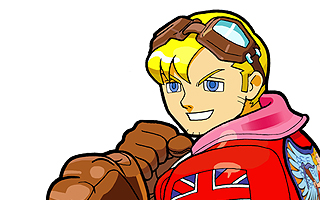
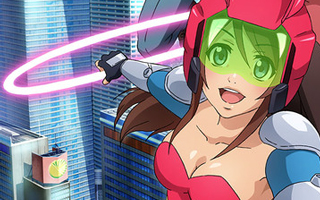
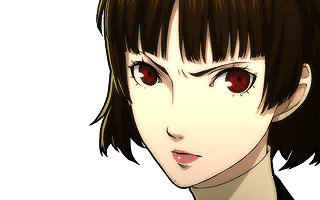
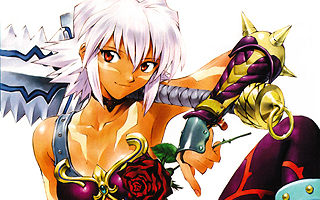
Do you agree with this list? Let us know what you think by leaving a comment below. Your opinion matters!